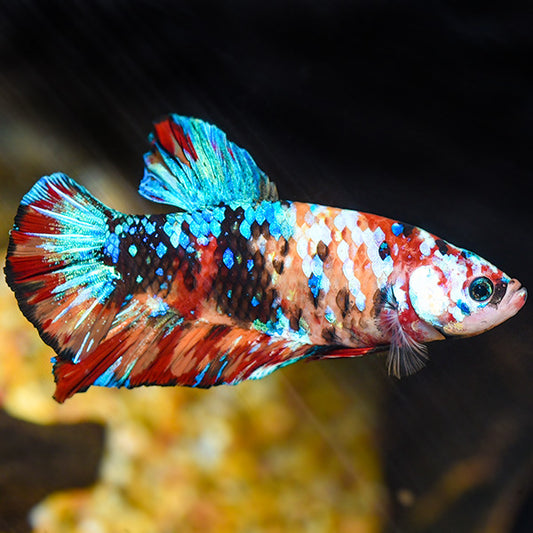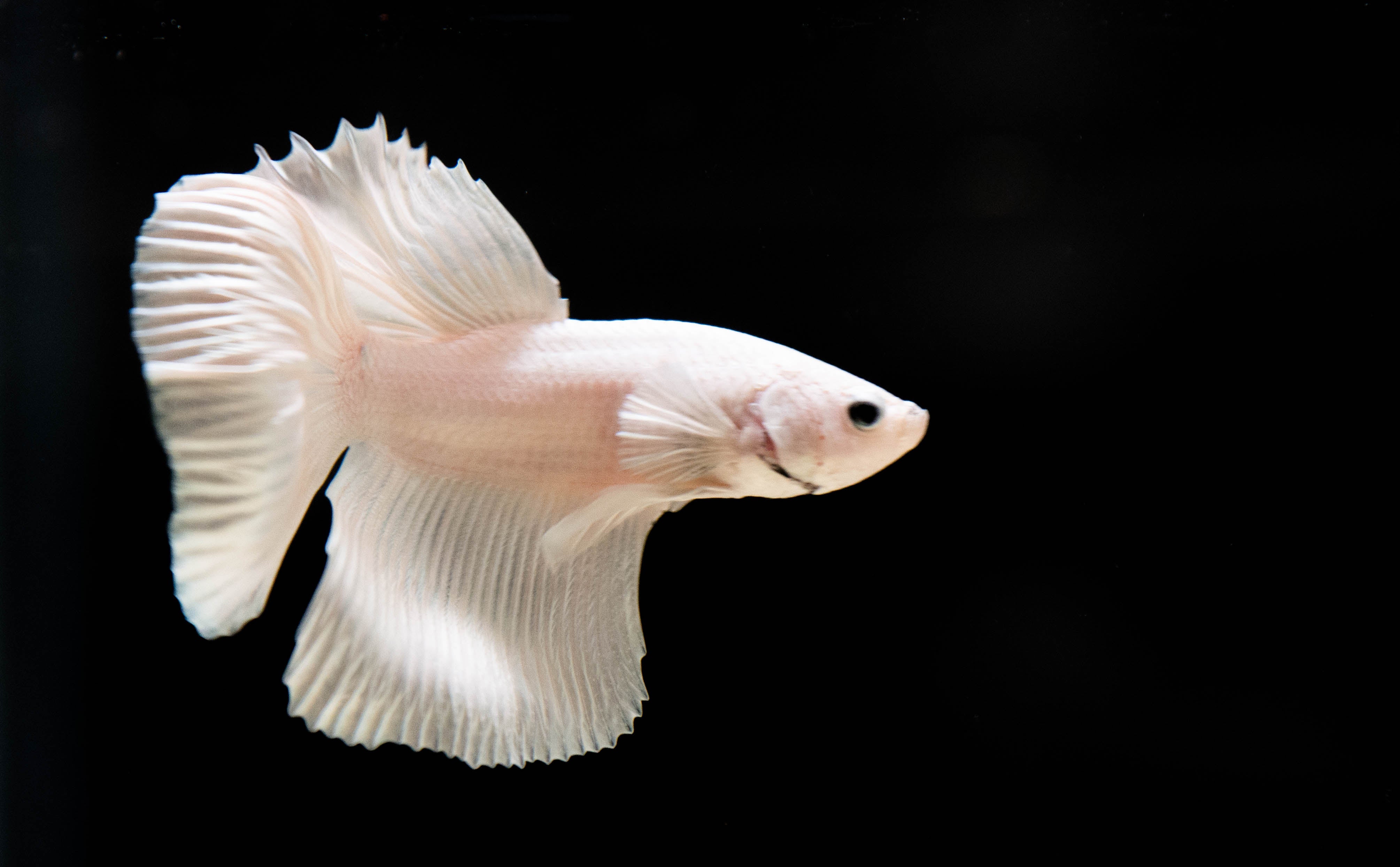Recognizing Betta Fish Habits: What Every Owner Should Know
Recognizing Betta Fish Habits: What Every Owner Should Know
Blog Article
Exactly How to Breed Betta Fish Efficiently: Specialist Methods and Insights for Hobbyists Seeking To Expand Their Betta Collection
Reproducing Betta fish needs a nuanced understanding of genetics and ecological conditions, making it necessary for hobbyists to approach the procedure with both diligence and treatment. Producing an optimal reproduction setting, picking the right pairs, and observing the details of their courtship actions are foundational steps that can substantially influence the end result. Additionally, the subsequent care of the fry is vital for guaranteeing their healthy development. As we discover these vital components, it ends up being clear that successful reproduction is not nearly the first pairing however encompasses a broader technique that benefits cautious consideration.
Understanding Betta Fish Genes
Understanding the genetics of Betta fish is vital for effective breeding, as it affects attributes such as color, fin shape, and behavior. Betta fish display a varied selection of colors and patterns, mostly identified by their genetic makeup.
In enhancement to pigmentation, fin morphology is another substantial facet of Betta genes (betta fish). The sizes and shape of fins are affected by numerous genes, including those that determine whether the fins are brief, long, or veil-shaped. Recognizing these hereditary variants helps breeders forecast the phenotypic outcomes of their children
Moreover, behavior characteristics such as aggressiveness and territoriality can also be affected by genetics. These actions play an important function in the breeding process, as they can affect spawning success and the overall temperament of the resulting fry. By adequately comprehending these genetic concepts, dog breeders can make informed decisions, ultimately boosting their breeding programs and achieving desirable results.
Preparing the Reproduction Setting
Creating an optimum reproduction setting is essential for the successful recreation of Betta fish. The primary step in preparing this setting is to choose an appropriate breeding tank, preferably varying from 5 to 10 gallons. This size enables sufficient swimming space and the establishment of territories. The container needs to be equipped with a heater to keep a secure temperature level in between 78 ° F and 80 ° F, which is crucial for urging generating actions.
Next, think about using a sponge filter or an air stone to provide gentle water circulation without creating solid currents that can stress the fish. It is vital to set up plants or breeding cones to offer hiding places and advertise comfort for the woman during the spawning procedure. Floating plants, such as Java moss or water sprite, can likewise develop a much more natural atmosphere while assisting in bubble nest structure by the man.
Prior to introducing the breeding sets, guarantee the water is conditioned and without damaging chemicals, such as chlorine or heavy steels. betta fish. Normal water changes check here must be carried out to keep optimum water quality, boosting the opportunities of successful other breeding. With these prep work in place, the reproducing setting will support the wellness and well-being of both Betta fish
Choosing Breeding Pairs
Selecting the appropriate breeding sets is essential for attaining effective Betta fish recreation. Healthy Betta fish exhibit dynamic colors, clear eyes, and energetic habits.
Character is an additional essential factor to consider, as Betta fish are recognized for their hostile nature. It is a good idea to pick a man and lady that show suitable personalities to minimize anxiety during the breeding process. A calm male can encourage a smoother courtship, while a lady that is too aggressive may disrupt the process.
Genetic history likewise plays a considerable duty in the top quality of the offspring. Breeding fish that are genetically diverse can decrease the threat of hereditary health problems and boost the general vigor of the fry. It is valuable to look into the family tree of both the man and female, concentrating on desirable traits such as fin kind, color scheme, and dimension.
The Reproduction Refine
The breeding process of Betta fish calls for cautious planning and interest to information to ensure a successful result. It is important to prepare an ideal reproduction container, ideally a 5-10 gallon aquarium with a temperature maintained at 78-80 ° F. The storage tank should be equipped with a heating system, filter (ideally sponge kind to avoid solid currents), and lots of marine plants for the lady to conceal.
Once the environment is set, more tips here present the chosen reproducing pair to the storage tank, allowing them to adapt. Observe their behavior; the male will certainly display elaborate courtship rituals, including flaring his fins and building a bubble nest. If the woman reveals rate of interest, she will display vertical red stripes showing preparedness for spawning.
When the lady is responsive, the pair will certainly involve in a mating welcome, during which the male feeds the eggs. Preserving ideal water conditions throughout this duration is necessary for the development of healthy Betta fry.
Taking Care Of Betta Fry

Feeding Betta fry is crucial, as they require a diet plan high in protein. They can be fed infusoria or liquid fry food, transitioning to carefully crushed high-grade pellets as they expand. Feed tiny sections several times a day to urge healthy and balanced development without overloading the storage tank with uneaten food.

As they mature, monitor their growth carefully and divide any type of aggressive people to stop injury. By giving a supporting environment and appropriate nourishment, enthusiasts can efficiently elevate Betta fry into lively, healthy and balanced fish, ultimately improving their reproduction undertakings.
Conclusion
Effective Betta fish breeding needs careful attention to hereditary choice, ecological conditions, and take care of the fry. By recognizing the genes of Betta fish and preparing a proper breeding atmosphere, hobbyists can improve the opportunities of creating dynamic, healthy and balanced offspring. Selecting compatible reproduction sets and very closely monitoring the courtship and generating procedures are necessary. Finally, giving optimal look after the fry ensures their healthy and balanced growth, adding to a flourishing Betta collection.
Report this page